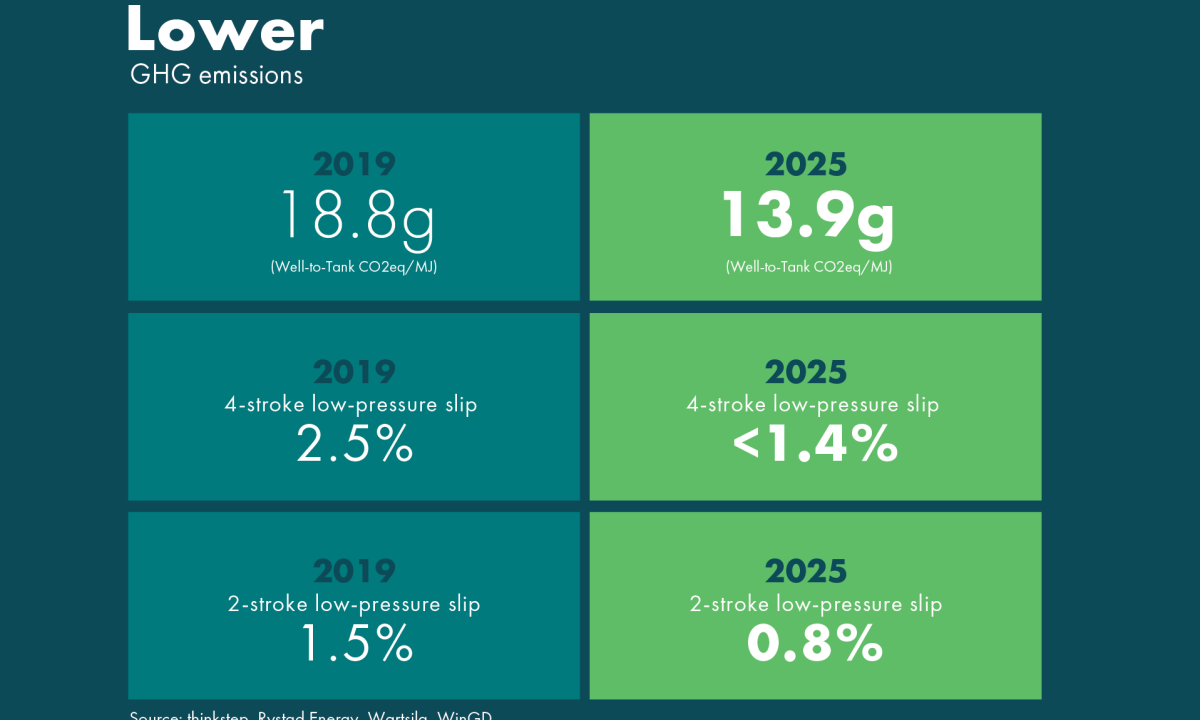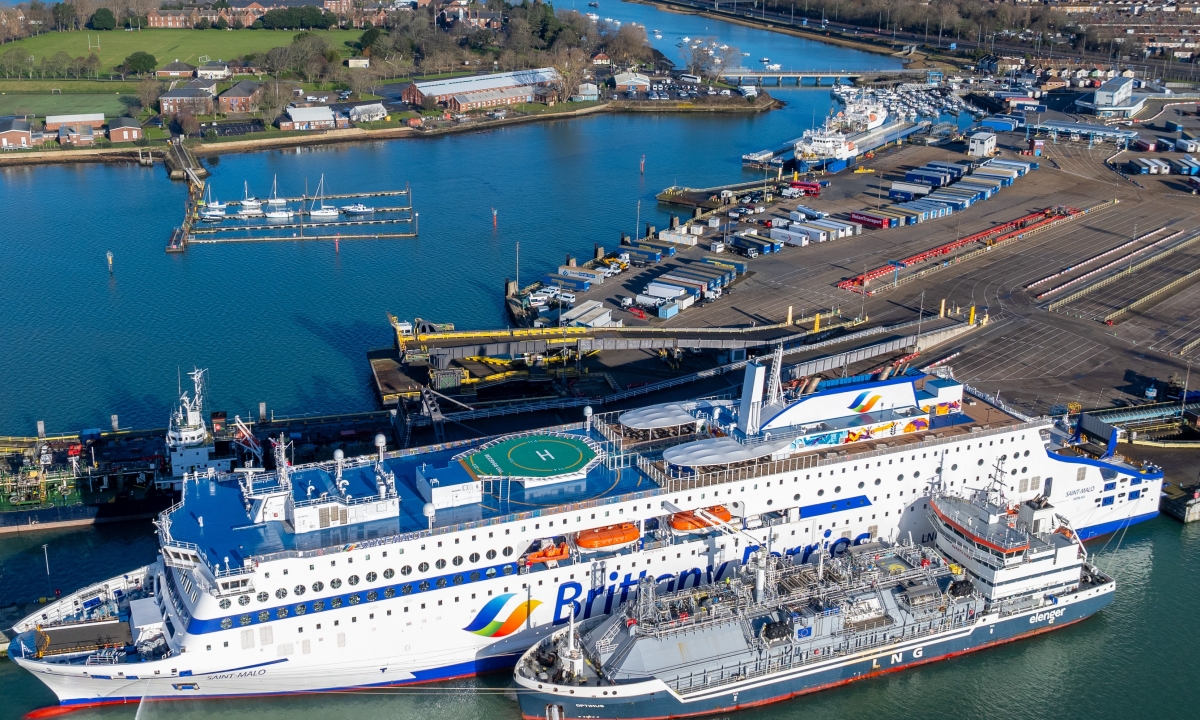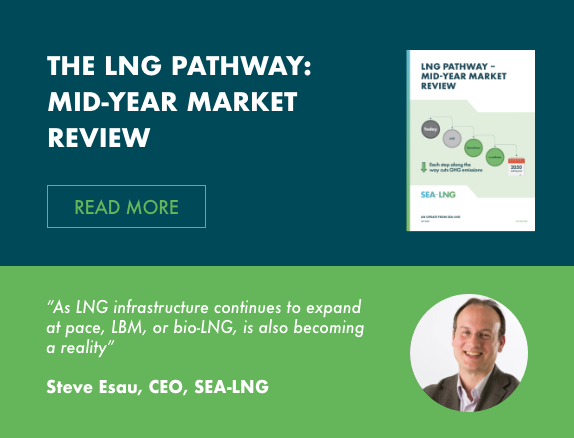12th February 2025
SEA-LNG’s welcome and recommendations for the EU Clean Industrial Deal

London, UK: 10 February 2025
Dear Executive Vice-Presidents Ribera, Séjourné, and Commissioners Tzitzikostas & Hoekstra
An Open Letter on the Clean Industrial Deal: Unlocking the Maritime Sector’s Decarbonisation Potential
We welcome the European Commission’s proposal for an ambitious Clean Industrial Deal as a cornerstone for achieving a sustainable and competitive European industrial landscape. SEA LNG is a multi-sector industry coalition created to help deliver the transition to net zero emissions through the liquified methane pathway: decarbonising with LNG today and biomethane and e-methane tomorrow. We recommend this initiative’s focus on accelerating the transition to a low-carbon economy and fostering innovation. However, to ensure its success and to secure the decarbonisation of maritime transport, we urge the inclusion of the following essential actions in the Commission’s upcoming Clean Industrial Deal:
1. Upholding Technology Neutrality and Goal-Based Decarbonisation. The path to decarbonisation requires clear, performance-based targets (based on the latest scientific data and taking the latest industry progress into account) that allow industry stakeholders the flexibility to determine the most efficient technological solutions. The Clean Industrial Deal must refrain from prescribing specific technologies, instead focusing on outcomes and fostering an environment of innovation and competition.
2. Ensuring Access to Biomethane and E-Methane for European Industries. To decarbonise effectively, European industries and maritime transport must have reliable access to sufficient quantities of biomethane and e-methane. This access should not be limited by geographic boundaries. Policies must allow European operators to benefit from these fuels irrespective of whether they are produced within or outside the EU, ensuring a secure and consistent supply. Within the EU, Member States should ensure the effective implementation of the RED III mass balance approach, including mass balancing over LNG terminals (liquefaction by equivalence). Furthermore, to ensure fair access to compliance markets for liquefied bio- and e-methane, the EU Commission needs to ensure harmonised sustainability and equal feedstock treatment across sectors.
3. Overcoming the cost gap Relating to the Use of Alternative Fuels. All existing decarbonisation pathways for maritime fuels currently represent a substantial cost increase for ship operators and other industry stakeholders. Without addressing this affordability challenge, the adoption of alternative fuels will be difficult. The Clean Industrial Deal must incorporate mechanisms, such as investing EU ETS revenues to mitigate these costs, ensuring that the transition is both environmentally and economically sustainable. The Clean Industrial Deal must dedicate substantial resources to fostering the development of alternative maritime fuels in an expedient and technologically neutral manner, which equals at least the 20 million allowances, which have been set aside to underpin the production of Sustainable Aviation Fuels via the so-called “SAF-mechanism”.
4. Ensuring Regulatory Simplification, Coordination, and Coherence. A streamlined and harmonised regulatory framework across the EU marine-related legislations (RED III, EU ETS and FuelEU Maritime) is essential for the maritime sector to adopt alternative low-carbon fuels efficiently. Further, swift, pragmatic, and harmonised implementation of the Fit for 55 legislation across all Member States is crucial to avoid the risks associated with fragmented and delayed national implementation. The Clean Industrial Deal should prioritise simplifying regulations, enhancing inter-agency coordination, and ensuring coherence across policies, including RED III, EU ETS and FuelEU Maritime, to avoid regulatory fragmentation and continued uncertainty. The maritime industry is poised to be a driving force in Europe’s green transition, contributing not only to sustainability but also to enhanced EU competitiveness on the global stage. However, strong and decisive action is essential to unlock the full potential of alternative maritime fuels and position Europe as a leader in clean, innovative shipping solutions.
The Clean Industrial Deal presents a historic opportunity to set the framework for a sustainable and competitive future for Europe’s maritime sector and beyond. We urge you, on behalf of the numerous high-profile members, including shipping companies, ports, fuel suppliers, bunkering companies, infrastructure providers and OEMs (Original Equipment Manufacturers) and classification societies that we represent, to act boldly and decisively to ensure that these priorities are integral to the Clean Industrial Deal. Together, we can chart a course toward a thriving, decarbonised maritime industry that underpins Europe’s prosperity and environmental stewardship.
Yours sincerely,
Steve Esau, COO
On behalf of SEA-LNG Members: Bernard Schulte Ship Management, Carnival Corporation & plc, Chart Industries, DNV, Énestas, Fortis BC, Galveston LNG Bunkering Port, Gasum, GTT, JAX LNG, Lloyd’s Register, Man Energy Solutions, Matson, MSC, Osaka Gas, Nikkiso, Pivotal LNG, Port of Antwerp-Bruges, Port of Rotterdam, Puget LNG, Qatargas Energy, RINA, Rotoboost, Royal Caribbean, SeasideLNG, Shell, Sohar Free Port Zone, Stabilis Energy, Straits Bio-LNG, Sumitomo Corporation, Titan Clean Fuels, TotalEnergies, TOTE Inc., Toyota Tsusho, Uyeno Group of Companies, Wärtsilä, Yang Ming, Yokohama-Kawasaki International Port Corporation (YKIP) and ZIM.
About SEA-LNG: Founded in 2016, SEA-LNG is a multi-sector industry coalition whose members work together to fuel the net zero transition through the liquified methane pathway. We represent numerous high-profile members including shipping companies, ports, fuel suppliers, bunkering companies, infrastructure providers and OEMs (Original Equipment Manufacturers), classification societies, and banks.
About the LNG-Pathway To achieve net-zero greenhouse gas emissions by 2050, the maritime transport sector must adopt fuels with lower net-zero emissions. Liquefied methane provides a clear pathway to reach this goal. Liquefied methane in its fossil form (LNG) offers lower GHG emissions from a lifecycle perspective compared to heavy fuel oils, diesel, and even the fossil versions of methanol and ammonia. Additionally, LNG emits virtually no sulphur oxides (SOx) and particulate matter (PM). Depending on the engine technology used, LNG can also reduce nitrogen oxide (NOx) emissions by up to 95% compared to existing heavy marine fuel oils. Starting with liquefied fossil methane, shipping can transition to net-zero emissions by gradually adding net-zero liquefied biomethane and net-zero liquefied e-methane to the fuel mix. All fuels on the methane pathway can be blended at any ratio without changes to infrastructure, meaning they can be introduced as soon as they become available at sufficient scale. Vessels fuelled by liquefied methane have accelerated within a decade from 36 to nearly 650 in operation, with more than 600 on the order book. This shows the huge potential for decarbonisation via the liquefied methane pathway.



